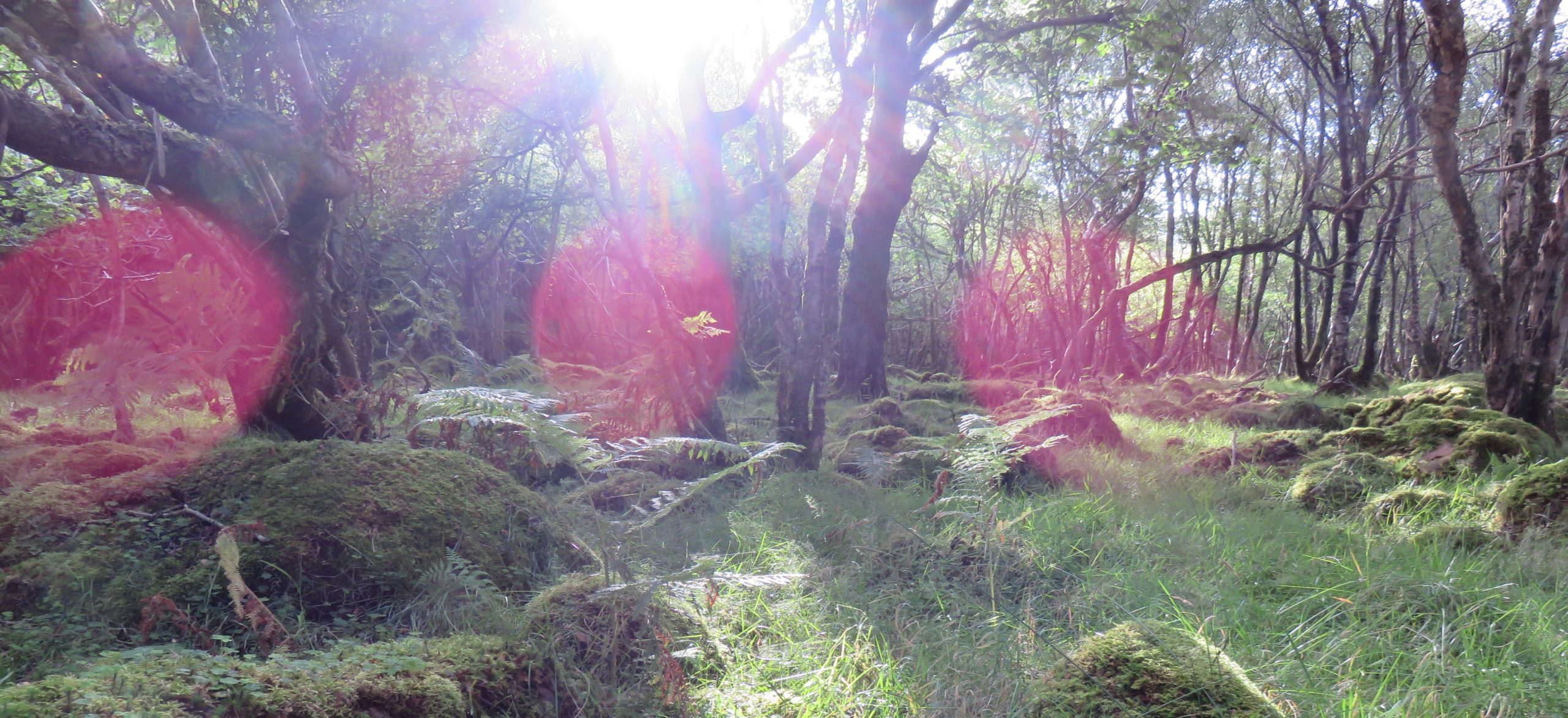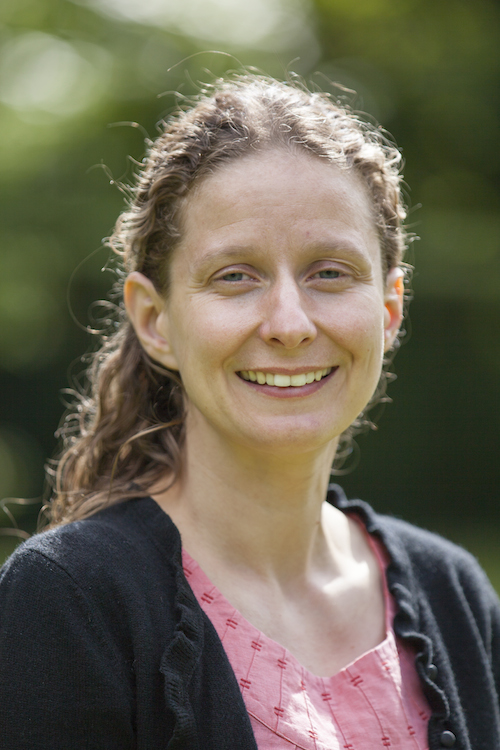
© Ruth Bancewicz
It can be easier to notice things away from home, when we are relaxed and surrounded by unfamiliar sights in an exotic location. But sometimes the same wonders at there in our own back yard: old familiar scenes that we haven’t taken in because we see them every day. GK Chesterton was a great advocate of intensive observation, and he invited his readers to take a fresh look at things that might be taken for granted. His motivation, he says in his self-deprecating English way, was being too lazy to travel – but mine is wonder.
I first learned to appreciate old growth forests on the West coast of Canada. Tucked away in a tourist resort on Vancouver Island for a few days, my friend and I encountered cedar trees that may well be older than the university I currently inhabit. I came to understand the impact of centuries of life on the forest floor, which produces a riot of tangled logs and underbrush, thick layers of moss and lichen all over the trees, and rich resources for people and animals. We spent hours exploring these forests, and they made a huge impact on me.
I happened to be on holiday on the west coast of Scotland with the same friend this summer. As we walked her dog up the hill behind our rented cottage, we weren’t sure which way to go. We ended up following the dog, who was nosing in the direction of a patch of woodland. We ended up going through a few acres of birch and hazel, lush with moss and ferns, and humming with insect and bird life. We didn’t linger, but that narrow stretch of path was the most beautiful part of our walk that day
Later on, I discovered that this patch of trees is one of the few remaining areas of old growth Atlantic rainforest, so I visited one more time – again almost by accident. The last day of our holiday was a sunny one, and we had planned a final brunch at a local café. Finding myself unable to sleep in and wanting to make the most of the weather, I took myself for an early walk and left the dog to doze.
I had learned that the woodland is home to 140 species of lichen and 100 of moss, so I found myself looking very closely at tree trunks and boulders. The land has been used by various groups of people over the centuries, so it is a patchwork of coppiced trees, fallen walls and open clearings. Some of the rocks are so bejewelled with moss and lichen that I snapped till my camera ran out of batteries.
I have written in the past about theologian Jame Schaefer’s five ways of appreciating natural beauty, and they definitely worked here. To start with, there is the surface level of just taking it all in, as my friend and I did when we walked the dog a few days before. We found a pretty place, and enjoyed relaxing and chatting as we walked through. Next, came my more in-depth look. I pored over tree trunks, stood still for a few minutes and recorded the sounds I could hear (sadly my phone’s microphone isn’t high enough quality to make it worth sharing this recording), and sat down for a while – just taking it all in.
In this small patch of hillside, I saw most of the characteristics of a rainforest as you might know it from more exotic travels. It was damp and lush, there were fallen logs, and vegetation growing up the trees. Creepers hung down in some places, and there were so many species of living thing I wasn’t sure where to look next. Birds sang, insects buzzed constantly in the background, and sunlight slanted through clearings. I was not terribly hot, the trees were somewhat smaller, and there were no big animals or bright birds in view – but the rest was all there if you wanted to look for it. A closer look in this place brought great rewards.
The third level of appreciation of natural beauty is more abstract and academic. As a biologist, I could appreciate some of the interactions I was seeing. Each lichen is a unique relationship between a fungus and a particular collection of single-celled algae (and possibly yeast as well). Decaying branches provide a nursery for young plants to grow, and a haven for small animals. Birdsong might sound nice to our ears, but it generally means ‘come hither’ or ‘get off my land!’ Being in such an old wood is such a privilege for anyone – let alone a biologist. I even noticed a slime mould for the first time.
Fourth, there is a feeling of mystery and incomprehensibility, and I certainly felt this as I stood still listening to the sounds around me. Most of Scotland was forested hundreds of years ago. What would it be like to spend several days trekking through woods like this, perhaps seeing the species change as you moved further north? It’s hard to reduce such experiences to a simple explanation.
Finally, there is the sacramental appreciation of this beauty. Places like this have an intrinsic value of their own, besides any value for tourism or education. Having spent some time with Rachel Oates, the former Lee Abbey Environmental Coordinator, I found myself praying with creation – praising God alongside all these species of lichen, moss and trees. As the animals and plants around me did what comes to them naturally, I did what I believe I was made for – thanking God for everything I saw.
Being told, ‘this is a special place, look closer’, and being equipped to understand a little of what I saw, made my second experience of this place so much richer and more meaningful than my first brief walk through. Like a visitor at a coral reef, I knew I was exploring somewhere that provided a home for countless species. This was somewhere worth preserving, worth respecting, and worth appreciating as a work of art or a historic city. I’m so grateful to the community that chose to preserve it, and the creator who used such intricate and patient processes to create it.
Further reading
http://applecross.org.uk/assets/Leaflets/leaflet-carnach-walk.pdf
http://www.wildaboutplants.org.uk/scotland/projects/celtic-rainforests/

© Faraday Institute
Ruth Bancewicz is a Senior Research Associate at The Faraday Institute for Science and Religion, where she works on the positive interaction between science and faith. After studying Genetics at Aberdeen University, she completed a PhD at Edinburgh University. She spent two years as a part-time postdoctoral researcher at the Wellcome Trust Centre for Cell Biology at Edinburgh University, while also working as the Development Officer for Christians in Science. Ruth arrived at The Faraday Institute in 2006, and is currently a trustee of Christians in Science.




